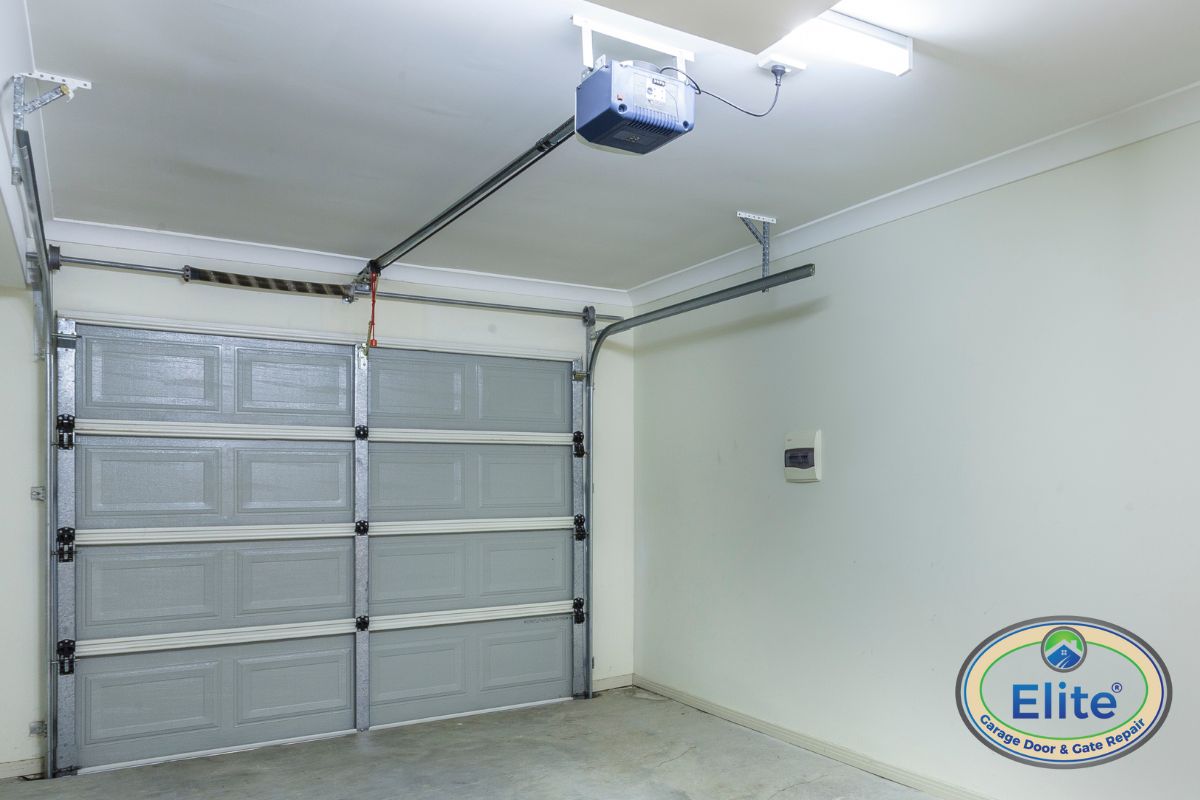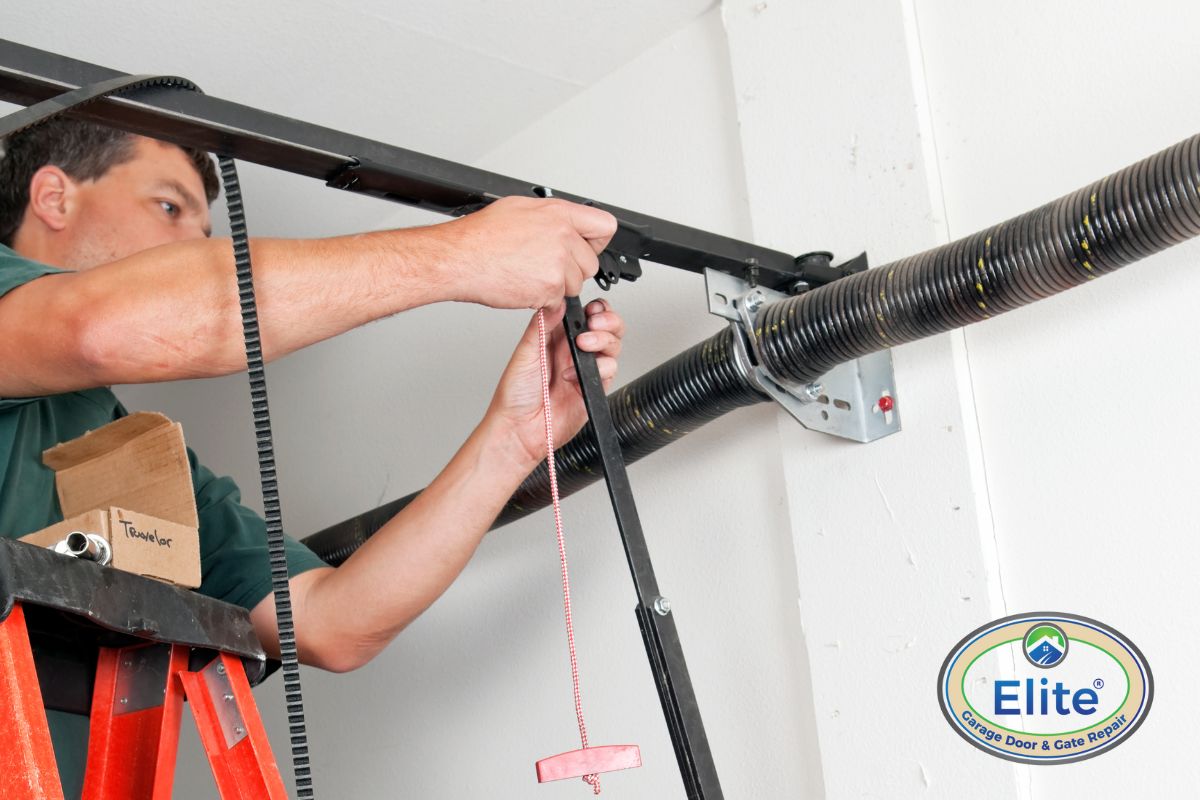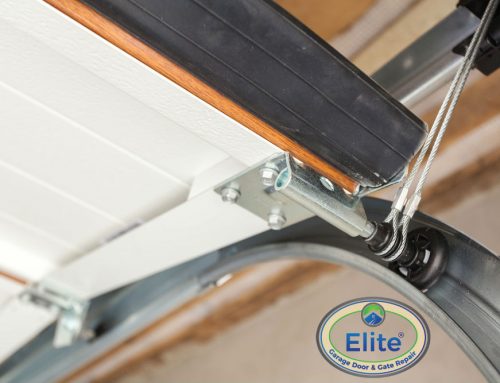Garage doors have indeed taken a very special place in our lives. The convenience of opening the door to park or get your vehicle out at the push of a button makes life much easier.
A garage door has multiple parts, and probably the most ignored (yet one of the most important) is the garage springs. Were these springs to stop functioning, you would probably not be able to survive even a day.
A malfunctioning garage door can cause serious harm to you and your family; thus, an eye should always be kept on its proper functioning.
In those rare moments when your garage door stops working, knowing the types of springs a door possesses and how they work can be a great asset to you in locating and fixing the problem.
Table of Contents
What Are Garage Springs?
Garage springs are an essential part of the door opener system. Without the presence, one would require tremendous strength to open them once. After all, lifting a 150-pound door with your bare hands is no joke.
These springs rely on multiple mechanisms and forces, and their primary function is to overcome the force of gravity. You should be able to differentiate between the different types of garage door springs. When you have a problem, you will be able to identify which kind of spring is involved and how to fix it.

What Are The Different Types Of Garage Door Springs
What Are The Different Types Of Garage Door Springs?
There are two types of garage door springs that you can find in a usual garage door. They are:
1. Torsion springs
2. Extension springs
Without knowledge of these springs and how to identify them, it can be not easy to pinpoint them when you try looking at the operating system of your garage door. However, you can easily spot the differences and determine which one is not working correctly and needs maintenance with the correct information.
What Is The Difference Between Tension And Extension Springs?
The differences between these two types are usually classified along with appearance, location, uses, and performance. Some traits, such as appearance, are easier to identify than others. However, if you’re aware of all of them, you will be able to use them collectively to figure out the problem and solve it.
1. Appearance and location
The first and foremost thing you need to learn is the appearance of both these springs. In most cases, you can look at both the springs, and you will know which is which.
Usually, extension springs are located on both sides of the garage door and can easily be spotted. Compared to torsion springs, their position and placement are quite easily visible. If you observe them closely, you will notice that extension springs compress whenever the door is closing and tend to extend when it opens again.

What Is The Difference Between Tension And Extension Springs
On the other hand, only one piece of torsion springs above your garage door. These springs do not show a lot of movement as the door opens or closes, as some covering often protects them.
Another difference in the appearance of these springs lies in their ends. Torsion springs end in cones while extension springs do in loops.
2. Uses and performance
Apart from appearance, you can classify springs based on how they operate. As their names suggest, torsion springs utilize torque, while extension springs use the energy that builds up to lift the garage door.
Garage doors function based on counterbalance systems. The energy built through their mechanisms is used to open or close garage doors.
Both extension and torsion springs use counterbalance systems too, but in different ways:
- Torsion springs
This category works on torque generated by a twisting, rotational force. This spring is mounted on a tube above your garage door. It has cables attached to it, wired to the bottom of your garage door. The unwinding of the spring occurs in a twisting motion as the door opens.
The torque generated is then transferred into a linear force as the spring pulls the door open.
- Extension springs
This type of spring is attached to cables. The cables, in turn, pull the door open. As this happens, the springs retract, pulling the Garage Door Cables. The speed of this pulling is synchronized to counter the door’s weight. The stored energy is then used to close the door gently as the springs extend.

Are Our Torsion Springs Better Than Extension Springs
Are Our Torsion Springs Better Than Extension Springs?
If you ask experts, most will likely recommend using torsion springs than extension springs. The many reasons for this include:
- Safety
- Maintenance
- Operations
Bottom Line
Since garage door maintenance is usually an ignored task, House owners have very little knowledge about its system and its different parts, especially the springs and their types.
If you are one of them and have come here searching for information regarding garage door springs, you have come to the right place. This article highlights the types of springs and how to differentiate between them.






























Leave A Comment